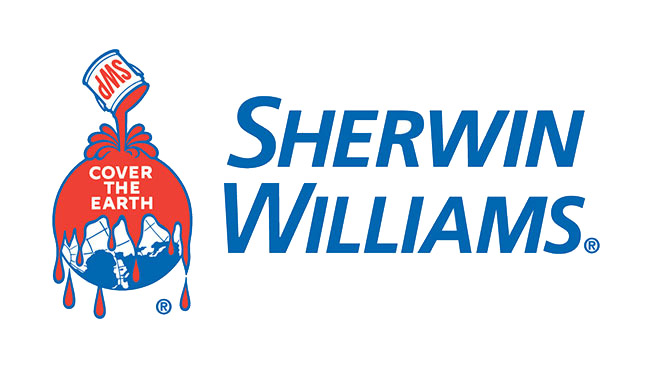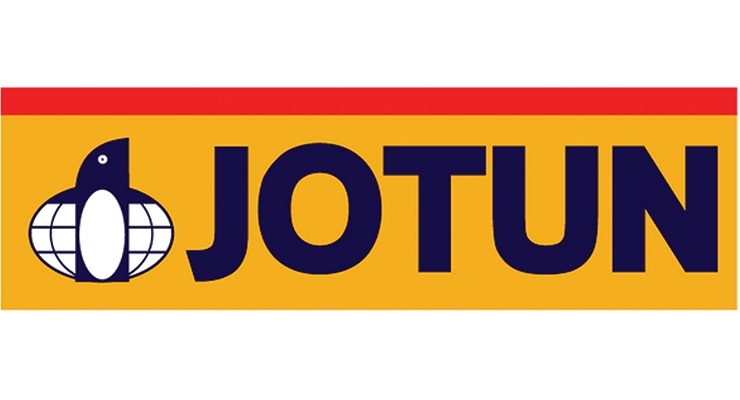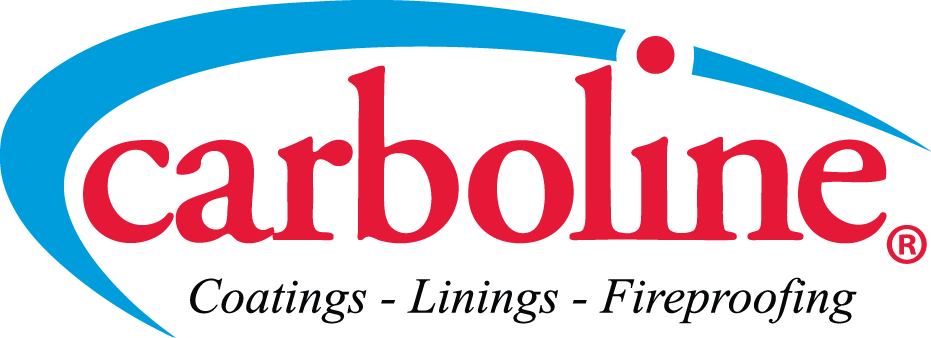Fireproofing Specialist
Fire protection is a very critical step in a construction or maintenance project, and it is highly important to choose the right contractor. All industrial fireproofing materials must meet the industry’s most stringent test, and the long-term performance of these materials is dependent upon proper installation in strict accordance with the manufacturer’s written specifications.
Passive Fire Protection (PFP) systems are engineered to deflect and slow the spread of heat, through the use of fire resistant coating systems. PFP systems help maintain the integrity of the structural steel when exposed to a fire, by protecting the steel and equipment from direct contact with the fire and allowing personnel time to escape.
Fireproofing systems are required for the safety and protection of assets. Critical failure of steel occurs when the steel reaches 1000 degrees F. At this temperature, steel is reduced to 60% its original strength and can lose structural integrity. Without a PFP system, the time it takes to reach this critical temperature is much quicker.

We have more than 200,000 sq./ft. of available work area under roof, and convenience of shipping and transportation to your job site anywhere nationwide.
System Selection
PFP system selection is project dependent and the product is selected based on a number of factors such as substrate material, operating conditions, environmental location and regulation, types of exposure, type of fire (i.e. pool fire, jet fire, etc.) and duration potential. Not all industrial PFP materials are created equal.
Different materials will have varying thickness requirements to achieve the desired hydrocarbon or jet fire ratings. In order to compare these products you must analyze them based on the following criteria: thickness comparisons, physical comparison, installation costs, and installation weight.
PK Industrial partners with the leading industrial fireproofing product manufactures and would be happy to assist you with system recommendations and cost estimates.
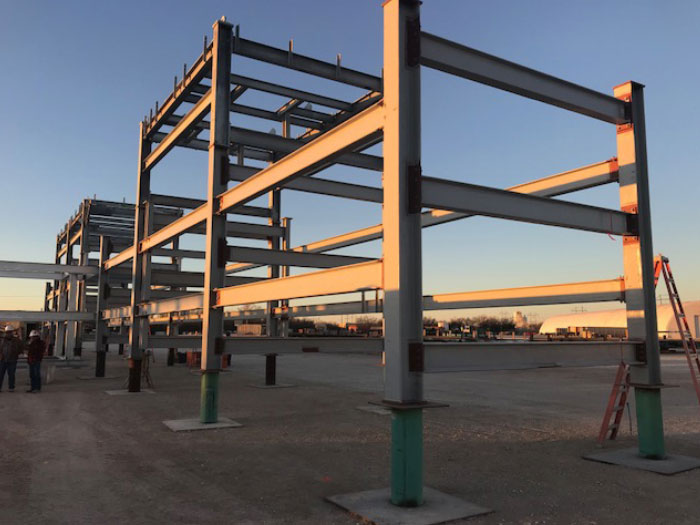
Intumescent
Passive fireproofing (PFP) installation is lifesaving in the Petroleum, Petrochemical and Commercial industries. Epoxy based intumescent passive fireproofing is a NASA developed technology designed to reduce the spread capability of fire that combines the fire protection of cast-in-place concrete of light-weight cementitious fireproofing with the flexibility, increased ease of application, and corrosion resistance of a protective coating.
A two component, petrochemical grade, epoxy based intumescent fireproofing coating that is spray applied directly to primed steel surfaces is used to provide 1-4 hour protection in hydrocarbon pool, jet-fire and cellulosic fire ratings/scenarios for structural steel, beams and columns, vessel skirts, bulkheads, underdecks and electrical raceways.
Epoxy based intumescent cures to a tough, durable, protective finish that withstands handling, transportation and job-site fabrication.
When exposed to fire, epoxy intumescent forms an expanding, heat blocking char layer which protects structural steel beam, columns and vessel skirts from collapse for a specified amount of time.
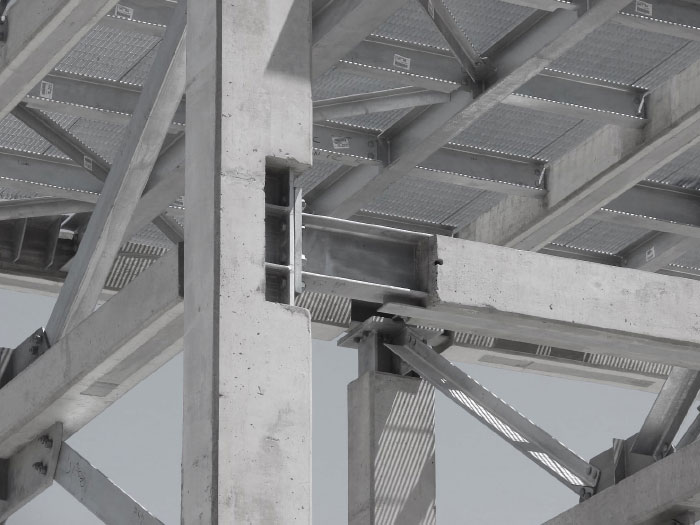
Cementitious
Cementitious materials provide a durable, efficient fireproofing solution that can be installed with minimal surface preparation requirements. They are generally installed with mechanical attachment to the steel using metal lath and fasteners.


